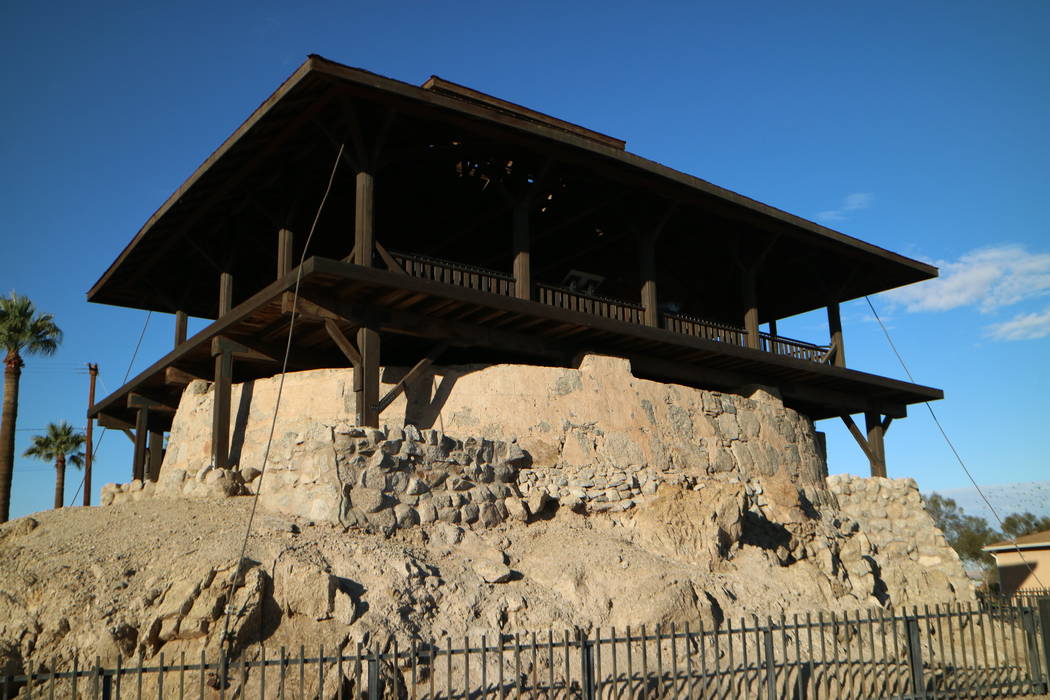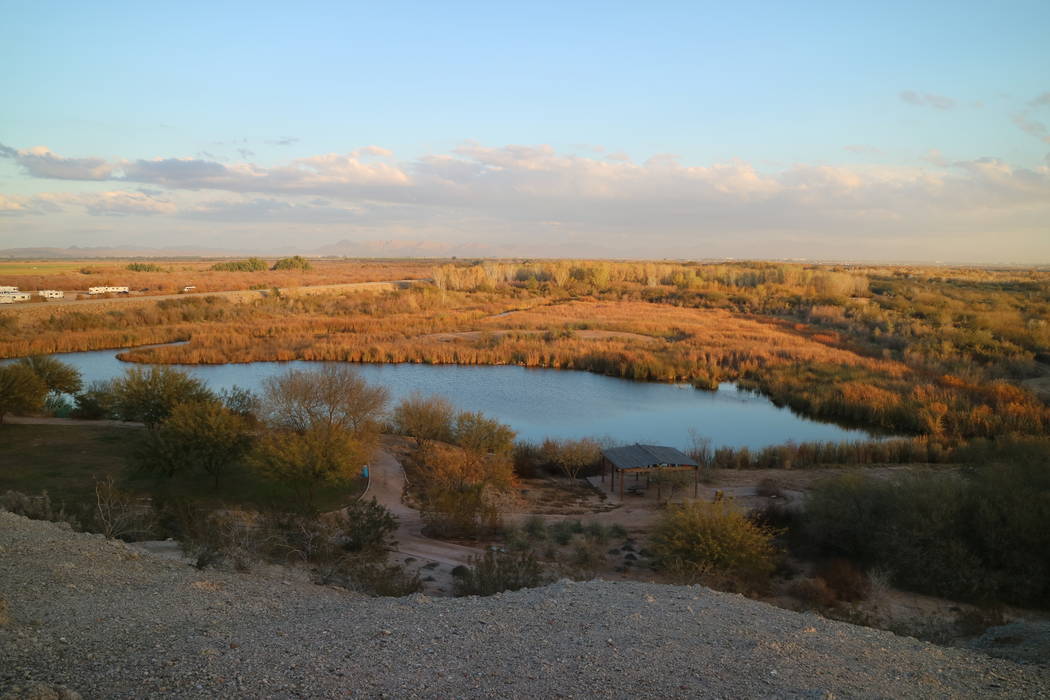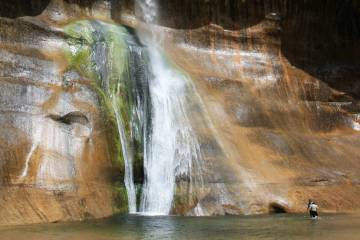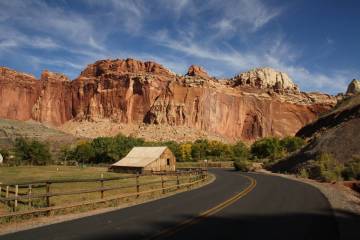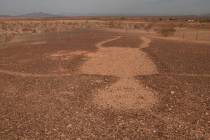Explore historic sites, wildlife refuge in Yuma, Arizona
Yuma, Arizona, isn’t a destination for those seeking a weekend getaway of glitz and glamour, but its historic sites and outdoor spots make it an interesting place to visit.
Most people have heard of Yuma from the movies, particularly “3:10 to Yuma,” the first starring Glenn Ford in 1957, and the popular 2007 remake, starring Russell Crowe and Christian Bale.
Yuma lies an easy 6½-hour drive from Las Vegas. It is located in extreme southwestern Arizona, bordering California and Mexico, and is home to some 100,000 people. Its population balloons annually when as many as 85,000 snowbirds arrive to enjoy its mild and pleasant winters. Average daily high temperatures in February are in the mid-70s, with lows around 50 degrees, and March high temperatures reach around 80 degrees, with lows in the 50s.
Yuma’s economy today relies on growing winter vegetables, and on military testing and training, but in the 18th century it was known as one of the few safe crossings of the still-untamed Colorado River.
Among places to see are the Yuma Territorial Prison State Historic Park, Yuma Quartermaster Depot State Historic Park and the hiking and birding opportunities along the Riverfront Trail in town and at Imperial National Wildlife Refuge, just north of town, both along the lower Colorado River corridor. The historic downtown is interesting with its covered sidewalks, reflecting life in a hot climate before the advent of air conditioning.
The 10-acre Quartermaster Depot State Historic Park is a good place to start a visit to Yuma. The U.S. Army established it to furnish frontier posts in the 1860s. Supplies and cargo were shipped from here via steamboats on the Colorado and then over land to various western posts, including as far away as Fort Churchill in Northern Nevada. The quartermaster’s house is an elegant Victorian filled with furnishings from that era.
The prison site is a few minutes from the park. It opened in 1876 and housed 3,000 inmates over its 33 years. The exhibits include photos of notable prisoners and examples of uniforms.
One inmate was Pearl Hart, nicknamed the “Bandit Queen.” She gained national attention after she and a male companion robbed an Arizona stagecoach in 1899. Another inmate, Elena Estrada, was sentenced to seven years in Yuma for cutting out the heart of an unfaithful lover. “Buckskin” Frank Leslie, who worked for Wyatt Earp in Tombstone, was also incarcerated here after he killed Billy Clairborne of the Clanton Gang, then murdered his girlfriend in a drunken rage.
To get a feel for what prison life was like, see the small, solid rock cells with heavy iron doors as you take the self-guided tour of the cellblocks. Some areas of the prison are said to be haunted.
Winter hours are 9 a.m. to 5 p.m. For more information, visit yumaprison.org.
For a more uplifting outdoor activity, check out the Riverfront Trail along the Colorado River. It’s great for bird-watching, as close to 400 avian species have been recorded there.
Just north of town is the 25,768-acre Imperial National Wildlife Refuge (fws.gov/refuge/imperial), which protects about 30 miles of shoreline habitat for birds and other wildlife along the river. If you have time for just one hike, I recommend the 1.3-mile Painted Desert Trail, home to colorful formations created from millions of years of volcanic activity.
If you go
The Yuma Visitor Center, which is on the site of the Quartermaster Depot State Historic Park on North Fourth Avenue, has a large selection of Arizona maps and brochures. Gates are open daily from 9 a.m. to 4:30 p.m. through May. For more information call 800-293-0071 or go to visityuma.com.



